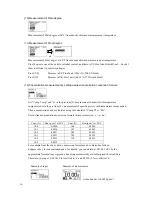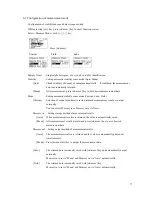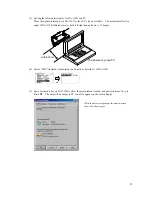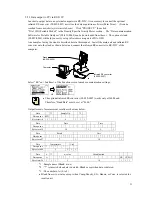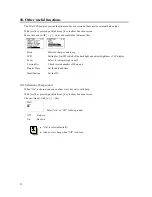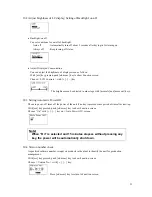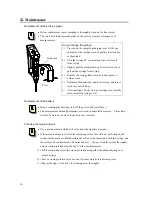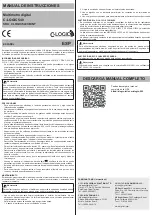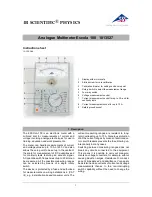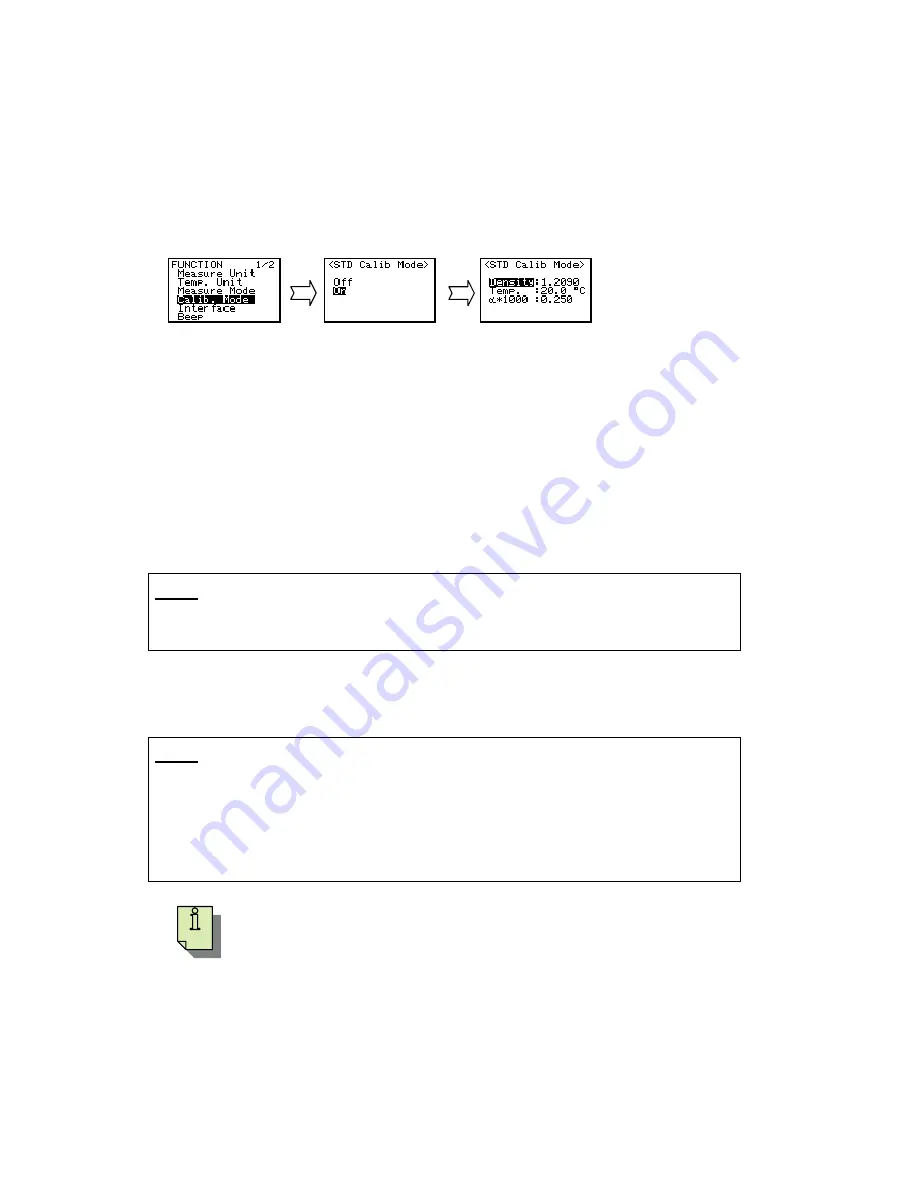
22
8.2 Calibration with standard liquid
8.2.1 Calibration with standard liquid of which density is known
The measurement precision of DA-130N as specified can be usually maintained with pure water, however,
if more precision is preferred, calibrate with standard liquid of which density is known within the range.
While pressing [esc] key, press [ok/meas.] key to show Function screen.
Choose <Calib. Mode> with [
+
], [
−
] key.
ok
ok
Off :
With
[
α
] key pressed, press [cal.] key to calibrate with air.
(not calibrate with standard)
On :
With
[
α
] key pressed, press [cal.] key to calibrate with standard.
Select “On” to configure density and temperature compensation coefficient of standard
liquid.
Density
: Set density (g/cm3) of standard liquid
Temp
: Configure degree Celsius of density preset on Density
α
∗
1000 : Set the value of (temp comp value of standard
×
1000)
For details, refer to the section “6.2 Measuring unit (2) Measurement of temperature
compensated density.”
Note!
Be sure to set the ‘STD Calib. Mode’ to “Off” in the Function menu
(Calib. Mode) before performing calibration with pure water.
8.3 Calibration with air
8.3.1 Calibration with air
Note!
The measurement precision of DA-130N as specified can be usually
maintained with pure water, however, for the following condition,
calibrate with air:
When there exists difference between the density value of dry air and
the true value.
•
The density of dry air in room temperature (10 to 35
°
C) is 0.0012 g/cm
3
.
•
If there exists difference in value, calibration only with pure water will lead to a
measurement error.
•
For example; if the density of test sample is within the range 0.8 to 1.2 g/cm3, and
the density of air is 0.0001 to 0.0058 g/cm3, measurement can be made within
±
0.001 g/cm3 of precision.
•
You can determine whether calibration with air is necessary or not from the
density of the sample you are going to test.









